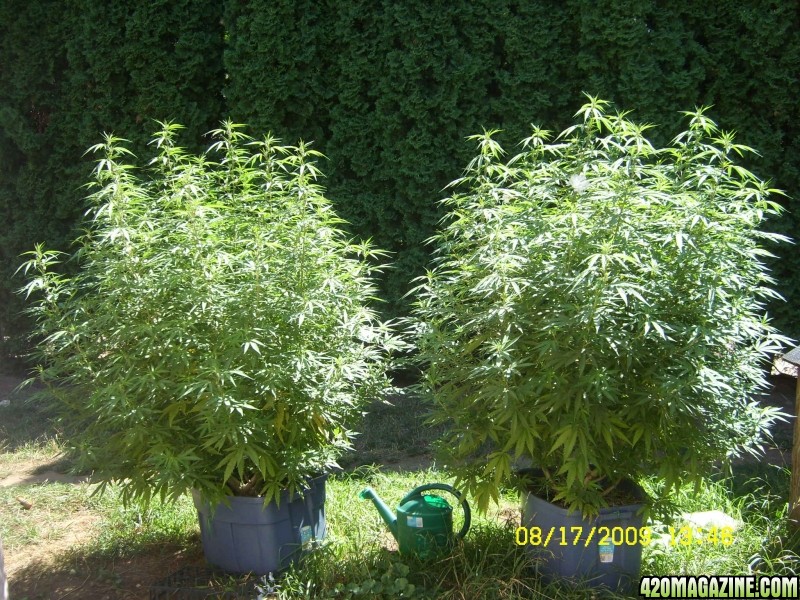BWC BayArea
Member of the Month: 3rd Place Winner
Skimmed thru the threads, haven't found a satisfactory answer in this forum. After digging out holes to be filled with potting soil, how do I incoporate dolomite lime (how much per bag of soil)? What other ammendments can be used? How long should the ammended soil sit after incorporating all ammendments b4 for planting? This is not organic trying to finish using nutes already available. Pardon my ignorance but I've only watched outdoor b4 while in bloom or days after transplant. Be IRIE, I see ur a mod now. I assume ur often busy, but I'd be honored to hear from u on this. Any other outdoor greenthumbs in the place, ur input is valuable as well. New to this and looking for any and all sound advice. I read a couple stickies at the top of the forums page too, so I did a little research b4 asking these questions. Not doin a guerilla patch.Thanks guys. 




 But I am an avid outdoor gardener and love my trees and flowers all the same.
But I am an avid outdoor gardener and love my trees and flowers all the same.




 for the input guys.
for the input guys.

 Why does it matter what the dirt is like if he is growing in containers?
Why does it matter what the dirt is like if he is growing in containers?